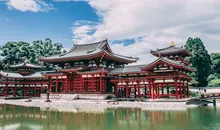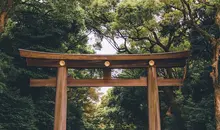Genkan: the traditional Japanese entryway
- Published on : 28/03/2024
- by : Japan Experience
- Youtube
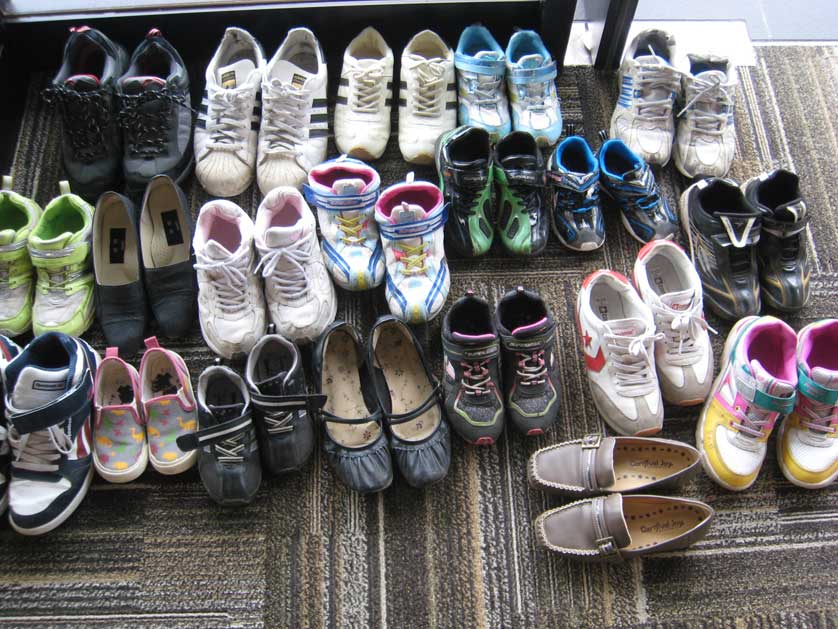
The genkan is a distinctive and important feature of Japanese homes and buildings, serving as a transitional space between the exterior and interior. Understanding the design, purpose, and etiquette associated with the genkan provides valuable insight into Japanese culture and traditions. As you step into a Japanese home, the genkan is the first space you encounter, setting the tone for the rest of your visit.
What is a genkan?
A genkan is the traditional entryway area in Japanese houses, apartments, and other buildings. It is typically located inside the building, directly in front of the main entrance door. The genkan is usually recessed into the floor, at a lower level than the main living areas, creating a clear separation between the outside and inside.
The primary function of the genkan is to provide a space for removing shoes before entering the main part of the house. In Japan, wearing outdoor shoes inside the home is considered unclean and disrespectful. The genkan allows residents and visitors to transition from the outside world to the interior living space by removing their shoes and donning slippers or indoor footwear.
The functions of the genkan
In addition to serving as a place to remove shoes, the genkan also functions as an area for greeting guests and receiving deliveries. In the past, it was common for visitors to be received in the genkan without being invited further into the house. Business transactions, such as paying bills or receiving packages, could also take place in this transitional space.
The genkan also serves as a storage area for outdoor items like shoes, umbrellas, and coats. Many genkan feature built-in shoe cupboards called getabako (下駄箱), where residents can neatly store their footwear. Umbrellas and coats may be placed on designated racks or hooks within the genkan.
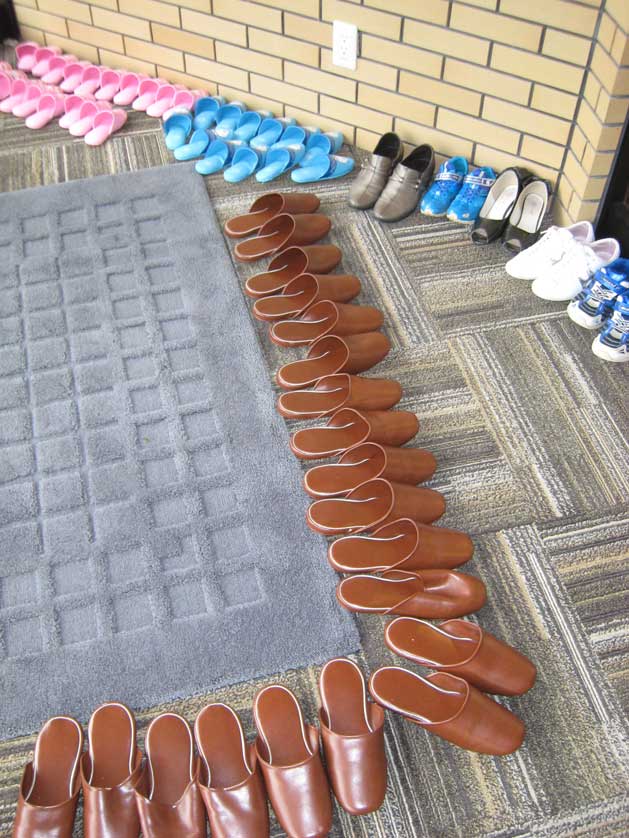
Typical genkan design and features
A typical genkan is characterized by its sunken floor, usually a few centimeters lower than the main floor level of the house. This prevents dirt and debris from being tracked into the living areas. The flooring material in the genkan is often different from the rest of the house, typically featuring tiles, stone, or concrete for easy cleaning.
Other common features of a genkan include:
- A step or platform called a shikidai (敷台), which marks the boundary between the genkan and the main living space.
- Getabako (下駄箱) or shoe cupboards for storing footwear.
- Hooks or racks for hanging coats and umbrellas.
- A shelf or cabinet called a tenbukuro (天袋) for storing small items like keys or mail.
The history and cultural significance of genkan
The custom of removing shoes before entering a living space has a long history in Japan, dating back over a thousand years. The genkan as a distinct architectural feature emerged during the Edo period (1603-1868), when it became a symbol of social status. Having a genkan was a privilege reserved for the samurai class, aristocrats, and high-ranking individuals.
As Japanese society evolved, the genkan became a standard feature in most homes, reflecting the cultural values of cleanliness, respect, and the separation of public and private spaces. The act of removing shoes in the genkan represents the transition from the outside world to the intimate, clean space of the home.
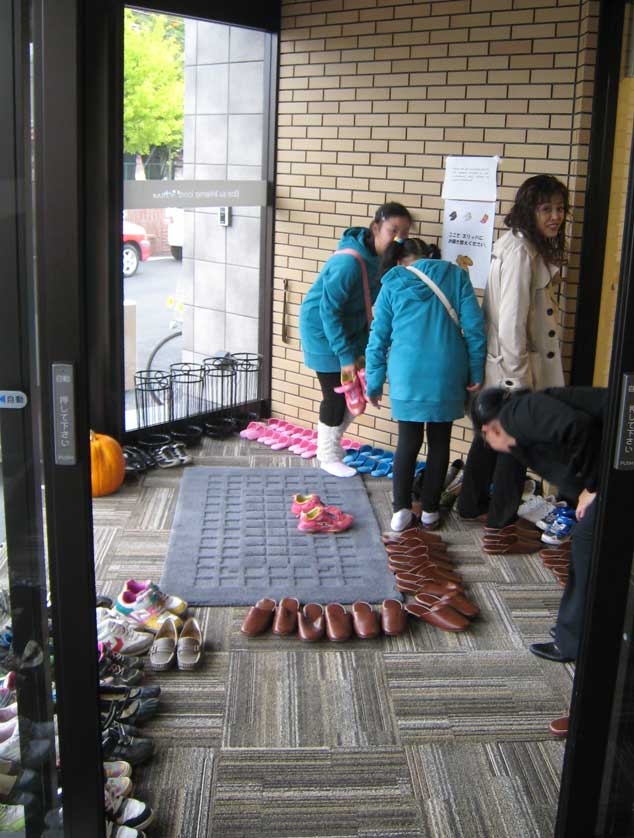
Genkan etiquette - the dos and don'ts
Proper genkan etiquette is an essential aspect of Japanese culture. When entering a home, guests should remove their shoes in the genkan, facing them outward for easy retrieval when leaving. Slippers may be provided for wear inside the house.
It is important to avoid stepping on the genkan floor with just socks or bare feet, as this is considered unclean. Instead, one should step directly from their outdoor shoes onto the raised floor of the living area.
When leaving the house, it is polite to turn your shoes around so that the toes face the door, making it easy to slip them on as you exit. Avoid placing your shoes on the raised floor or stepping back into the genkan with your indoor slippers.
Where genkan are found besides homes
Genkan are not limited to residential buildings; they can also be found in various other settings in Japan. Many traditional businesses, such as ryokan (Japanese inns), restaurants, and hot springs, feature genkan at their entrances. Some modern office buildings and schools also incorporate genkan, promoting the custom of removing outdoor shoes.
In these non-residential contexts, genkan serve the same purpose of separating the exterior from the interior and maintaining cleanliness. They may be larger than residential genkan to accommodate a greater number of people and may feature lockers or shelves for storing shoes.
How the genkan tradition has evolved in modern Japan
While the traditional design and purpose of the genkan remain largely unchanged, modern Japanese architecture has adapted to contemporary lifestyles. In newer apartments and houses, genkan may be smaller or more streamlined, reflecting the limited space in urban dwellings.
Some modern genkan feature built-in shoe racks or closets that optimize storage space. In apartments with limited square footage, the genkan may be a simple tiled area near the entrance, without a significant level change.
Despite these adaptations, the genkan continues to hold a significant place in Japanese homes and culture. It remains an essential space for maintaining cleanliness and demonstrating respect for the home and its inhabitants.
As you explore Japanese houses, pay attention to the unique features that define these living spaces, such as the tatami flooring, tokonoma alcoves, and kotatsu tables. Don't forget to familiarize yourself with Japanese slipper etiquette to navigate the genkan and interior spaces with confidence.
The genkan serves as a functional and symbolic gateway between the outside world and the serene, intimate space of the Japanese home. By understanding and respecting the customs associated with this traditional entryway, you can deepen your appreciation for Japanese culture and architecture.



